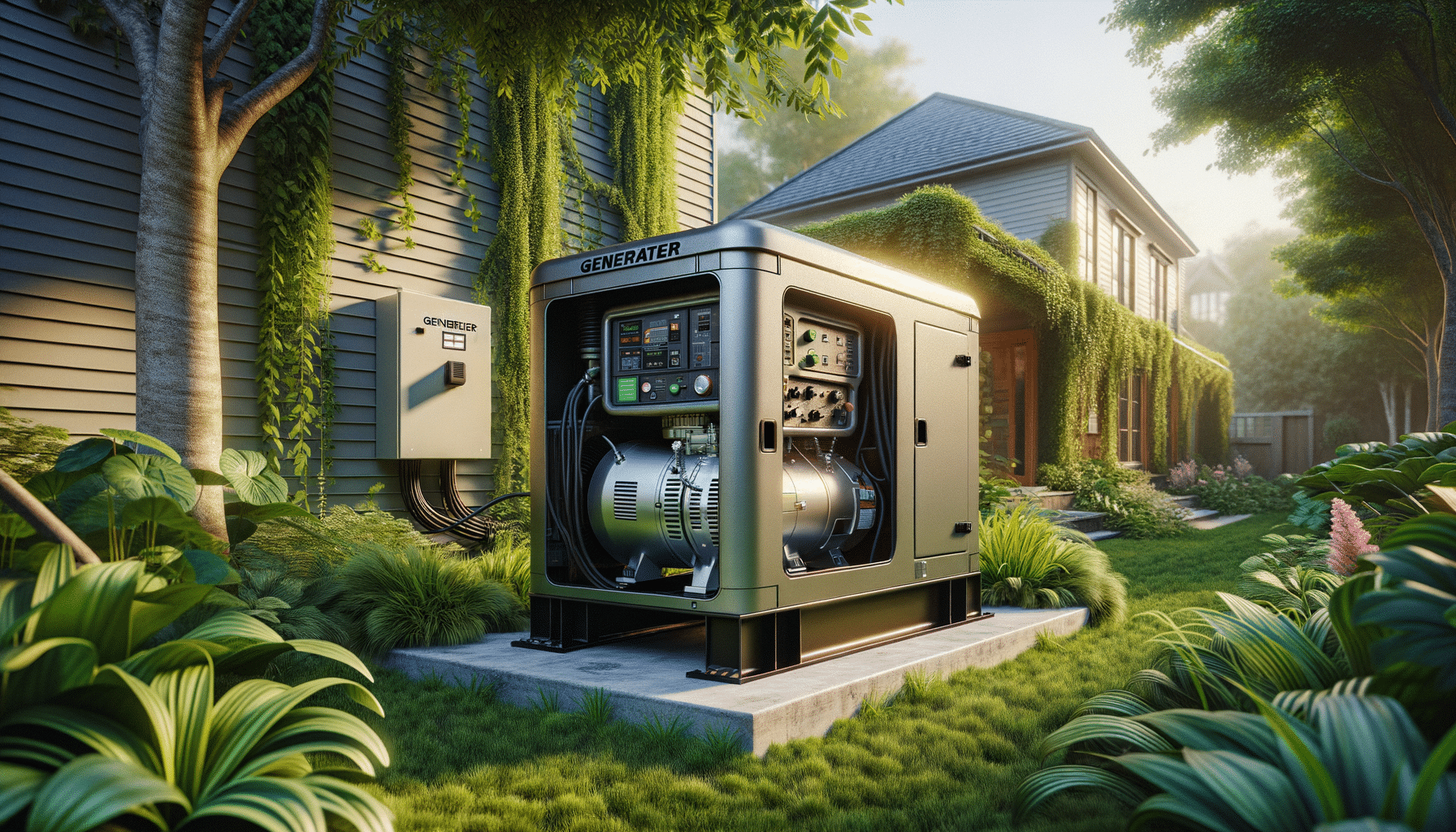
Understanding the Basics of Home Siding Replacement
Introduction: The Importance of Home Siding Replacement
Home siding replacement is a significant project that can enhance the aesthetic appeal, energy efficiency, and overall value of a home. As exterior cladding, siding plays a crucial role in protecting a house from the elements while also contributing to its visual style. When considering a siding replacement, homeowners are faced with a variety of material options, each with its own set of benefits and challenges. Among the most popular choices are vinyl siding and fiber cement, both of which offer durability and aesthetic versatility. This article delves into these materials and the installation process, offering insights to guide homeowners in making informed decisions.
Exploring Vinyl Siding: A Popular Choice
Vinyl siding is one of the top options for homeowners looking to replace their home’s exterior. Its popularity stems from its affordability, low maintenance, and wide range of styles and colors. Vinyl siding is composed of polyvinyl chloride (PVC), which provides a durable and weather-resistant exterior. One of the appealing aspects of vinyl siding is its ability to mimic the appearance of wood without the associated upkeep, making it a highly rated choice for those seeking a traditional look with modern convenience.
The benefits of vinyl siding extend beyond aesthetics. It is known for its exceptional quality in terms of energy efficiency. Many vinyl siding products come with an insulated backing, which can improve a home’s thermal performance by reducing heat loss during colder months and keeping interiors cooler in the summer. This can lead to energy savings over time, a compelling factor for environmentally conscious homeowners.
However, vinyl siding is not without its drawbacks. It can become brittle in extremely cold temperatures and may crack or warp under impact. Despite these concerns, its ease of installation and low cost make it a highly regarded option for many.
Understanding Fiber Cement: Durability and Style
Fiber cement siding is another outstanding option for those considering a home siding replacement. Known for its durability and resistance to harsh weather conditions, fiber cement is made from a blend of cement, sand, and cellulose fibers. This composition gives it the strength to withstand extreme temperatures, moisture, and even fire, making it a reliable choice for many homeowners.
One of the renowned features of fiber cement is its versatility in design. It can be manufactured to resemble wood, stone, or brick, allowing for a variety of architectural styles. Fiber cement siding is also highly rated for its longevity, often lasting decades with minimal maintenance. Unlike vinyl, it does not become brittle in cold weather, and its density provides excellent resistance to impact damage.
Despite its advantages, fiber cement siding is heavier and more labor-intensive to install than vinyl. It requires specialized tools and expertise, which can increase installation costs. However, its long-term durability and minimal maintenance requirements make it a top-rated choice for those willing to invest in quality.
Installation Process: Key Considerations
The installation of siding, whether vinyl or fiber cement, is a critical factor in its performance and longevity. Proper installation ensures that the siding can effectively protect the home from moisture and other elements. For vinyl siding, the process is relatively straightforward and can often be completed quickly by a professional. It involves securing panels to the exterior with nails in a way that allows for slight movement, which is essential to accommodate expansion and contraction due to temperature changes.
Fiber cement installation, on the other hand, requires more precision and skill. The weight of the material necessitates careful handling, and the cutting process generates dust that needs to be managed safely. Installers must ensure that each piece is properly aligned and sealed to prevent water infiltration. The complexity of fiber cement installation often leads homeowners to hire experienced contractors to ensure the job is done correctly.
Both materials require specific installation techniques to maximize their benefits. Properly installed siding not only enhances the home’s appearance but also contributes to its energy efficiency and structural integrity.
Conclusion: Making the Right Choice for Your Home
Choosing the right siding material and ensuring its proper installation are crucial steps in a successful home siding replacement project. Vinyl siding offers a cost-effective, low-maintenance option with a variety of styles, making it suitable for a wide range of homes. In contrast, fiber cement provides superior durability and a traditional aesthetic, ideal for those seeking a long-lasting solution.
Ultimately, the decision should be based on the homeowner’s budget, aesthetic preferences, and the specific climate conditions of the area. By understanding the characteristics and installation requirements of each material, homeowners can make informed choices that enhance their home’s value and curb appeal for years to come.


